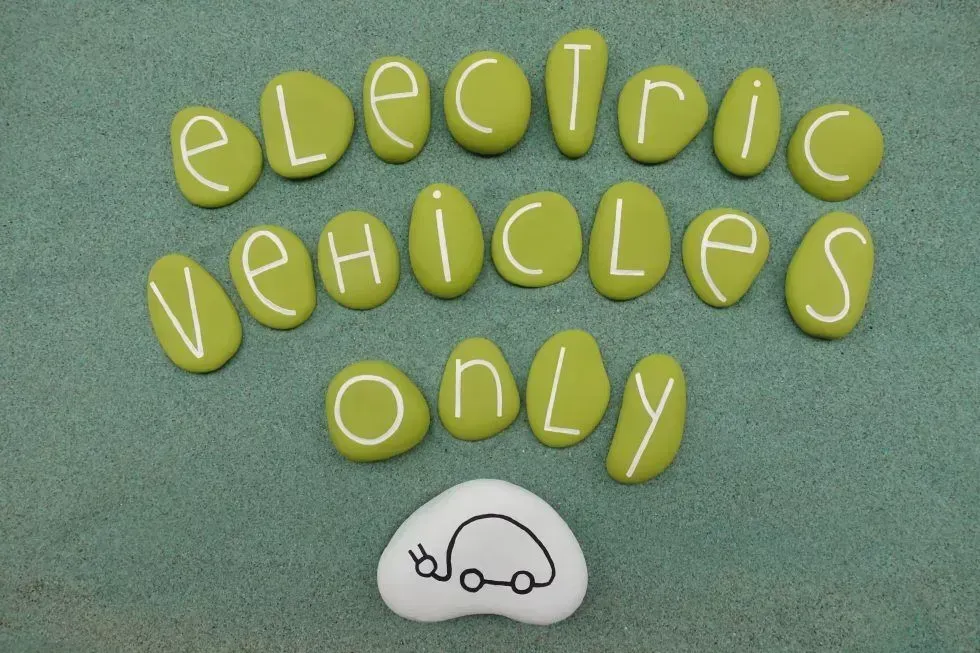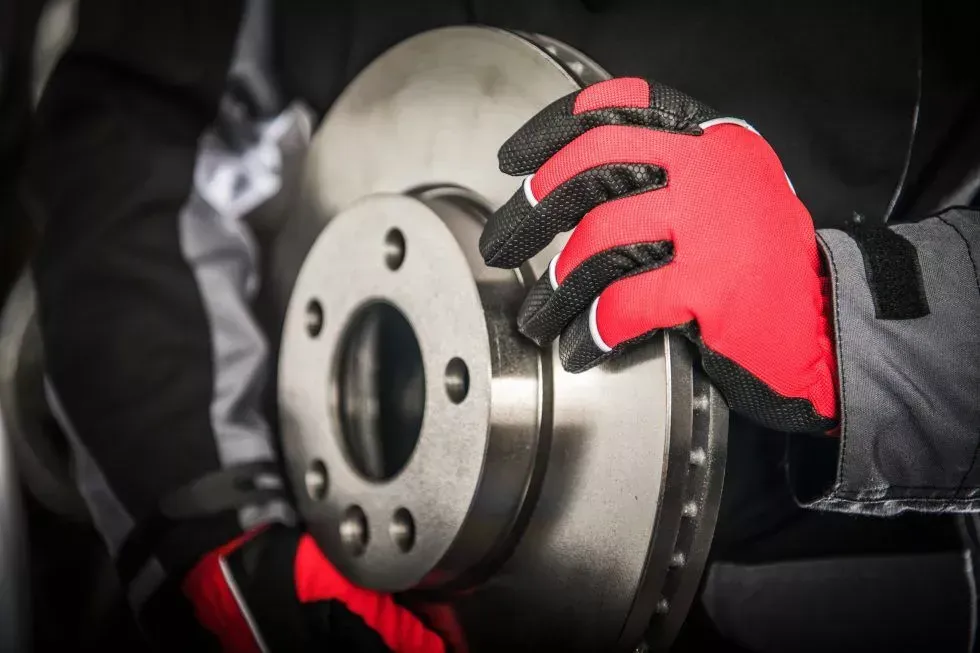How Does a Transmission Work?
How Does a Transmission Work?
A transmission controls the speed of an engine by engaging and disengaging different sized gears. Different sized gears can only be operated at certain speeds, so the transmission must be able to select the correct gear for the speed at which you want to drive.
The transmission engages gears through clutches. Clutches work by grabbing and releasing the gears depending on the speed of the car. The clutch disengages from the engine during gear changes and when the car stops. The transmission also selects gears independently of the engine’s rotation.
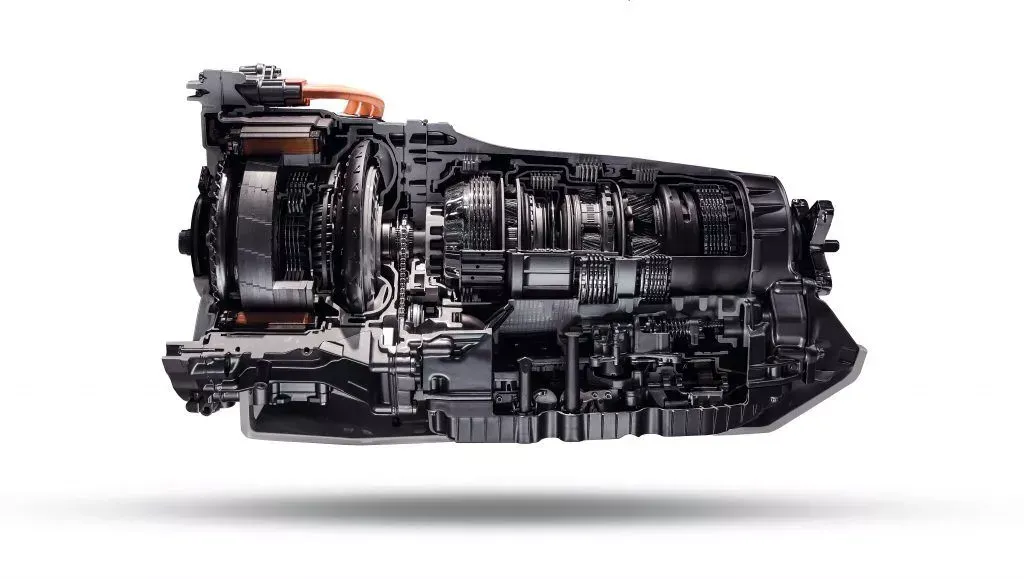
Gear Oil for a Transmission
The transmission fluid is a thin substance that moves from the engine to the other parts of the transmission. It lubricates the fragile components and provides a cushioning effect. It has a low boiling point and is able to withstand high temperatures. The fluid must constantly flow from the engine to the other parts of the transmission to perform its function.
Some transmissions use a special type of fluid called hypoid gear oil. It is resistant to high temperatures and high pressures. Its composition is similar to motor oil. It also has antifoam properties. However, transmission fluid is not suitable for all gearboxes.
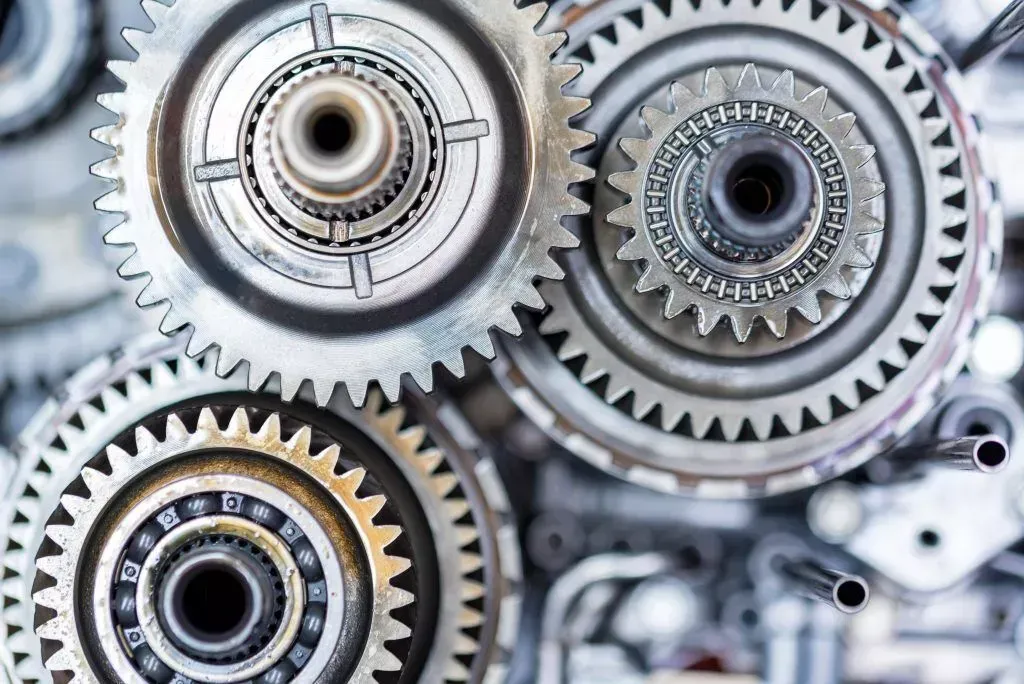
Synthetic gear oil is multigrade, containing special additive chemistries to prevent rust and foaming. It also reduces friction and wear on the gears. Synthetic gear oil formulations are used in vehicles that require high-performance in extreme conditions, including sub-zero temperatures and extreme heat.
Planetary Gears
If you own a modern car with an automatic, you’re probably aware that it has planetary gears. Planetary gears are used in many applications. They are most commonly used in automatic for cars. A planetary gear system is a type that produces a lot of torque. The planetary gear design also spreads the load over several planet gears, creating a greater contact surface and contact area. This makes the gears more resistant to damage.
Here’s a great video that explains planetary gears:
The planetary gears are a vital part of the system. Bearings in the planetary gearbox are crucial for transmitting torque, so it is important to choose the right type of bearing. Because of the configuration of planetary gears, needle bearings are a good choice. However, needle bearings cannot withstand significant axial forces, which is why tapered roller bearings are preferred.
Torque Converter
A faulty torque converter can make it difficult for the car to move in a gear. The car may shake or shudder, especially at slow speeds. The vibrations may also indicate a faulty blade mechanism. A vehicle with choppy gear changes can be dangerous to drive.
A torque converter is a pump that provides fluid pressure to shift gears. At low rpm, it acts like a clutch. It can also creep forward or be engaged with little brake pressure. Once the car reaches a higher gear, the converter will force the car into a lower gear.
Torque converters are typically found on very heavy-duty vehicles. When they are used, they multiply the torque generated by the engine to drive a clutch plate. The difference between a mechanical transmission and an automated transmission is the torque converter.
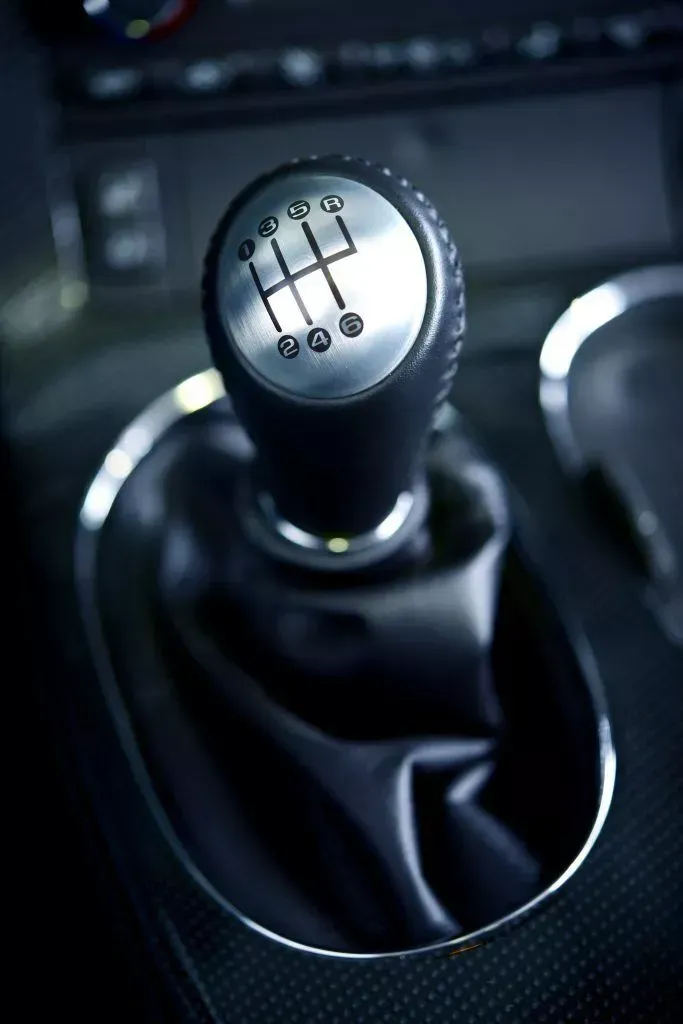
Hydraulic Control Unit
The Hydraulic Control Unit (HCU) is a very important component in automatic transmissions. This unit controls the fluid flow through the transmission and is the “shifting center” of the car. The HCU is comprised of three subsystems: the pressure regulating and flow control system, shift operated and control system, and cooling and lubrication system. The resulting system meets the requirements of the transmission and ensures that it operates smoothly and efficiently.
This unit controls the flow of fluid to and from the transmission, which in turn controls the shift range and gear changes. It also controls the friction coupling devices C1 to C5 that control the gear change position. The fluid is supplied to the HCU through the hydraulic pressure generating source, which is usually a mechanical pump. The hydraulic control unit D consists of the hydraulic circuits and an AT control unit E that controls the supply of current to the electrical components mounted in the HCU.
The HCU controls the flow of fluid by using two lines: the first line supplying hydraulic pressure to the hydraulic control unit and the second line supplying hydraulic pressure to the hydraulic control valve 8 and the converter clutch regulating valve 12. Both lines are connected to a backflow prevention device.
To get your transmission serviced on your foreign vehicle in the Spokane area, stop on by, call our shop at 509.487.9683 or visit our contact page.

